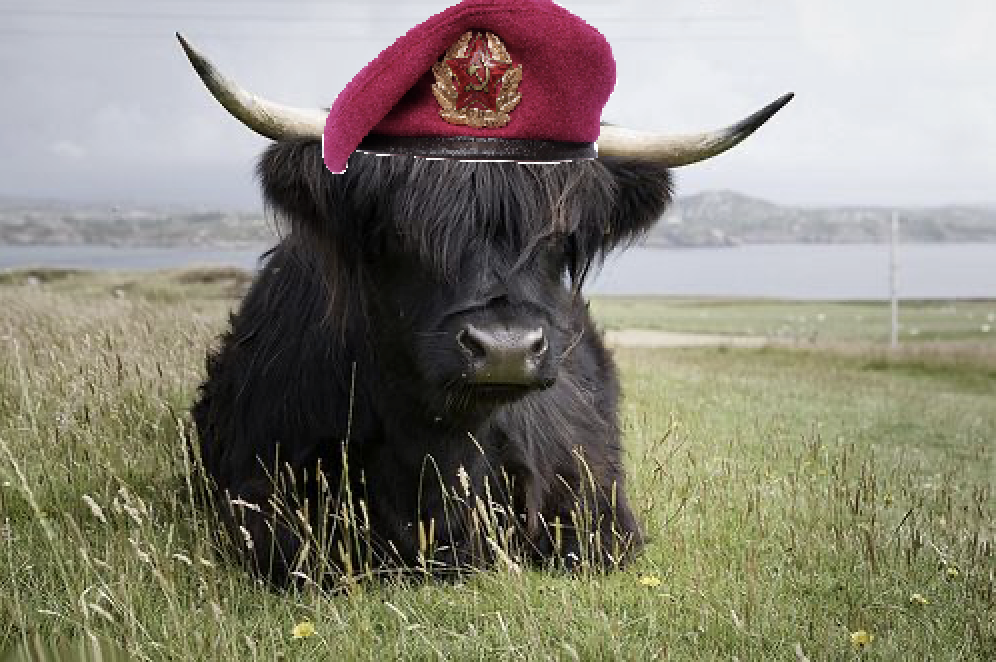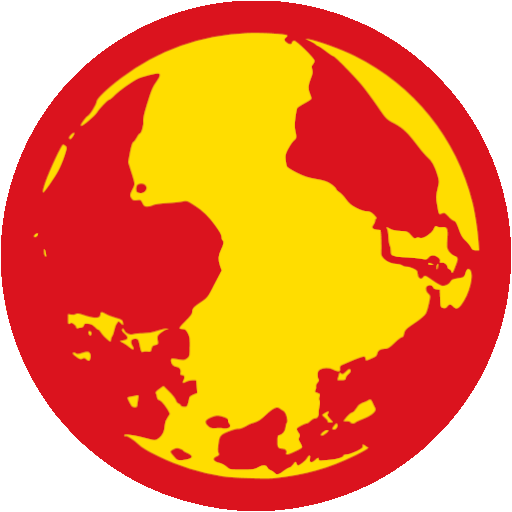The Venezuelan government has thwarted a terrorist attack in Plaza Venezuela, Caracas (capital), planned for last Sunday , according to information provided on Thursday by the Minister of the Interior and Justice of that South American country, Diosdado Cabello.
The terrorist attack was intended to detonate an explosive device at the Victory Monument of the Great Patriotic War against Nazism, located in the aforementioned square in the center of the capital city. According to Cabello, it was scheduled to take place at 11:32 a.m. on Sunday morning.
Who was behind the foiled plan? How was it planned?
A citizen, identified as José Daniel García Ortega, who is among the prime suspects , was instructed to place a bag containing three kilos of TNT behind a column of the monument . The device, designed to be detonated remotely using an analog telephone , was part of the carefully organized plan.
“The explosion would be done remotely using a cell phone ,” Cabello explained, highlighting the sophistication of the method.
The minister also explained that García Ortega, hired for $20,000, met a person nicknamed “La Nena” six months earlier, who connected him with alias “El Flaco ,” the man responsible for coordinating the attack.
Days before the incident, García received a call to pick up the explosives at the El Valle metro station and a mobile payment to purchase the necessary items.
On the day of the attack, accompanied by another person, he got off at the Bellas Artes station, located about 800 meters from the scene, took a bus to Plaza Venezuela, left the bag in the indicated place and met with “La Negra” and “El Flaco” in Los Valles del Tuy , in the state of Miranda, which borders the capital city.
He later attempted to flee to Colombia, but authorities captured him in Táchira thanks to intelligence efforts by Venezuelan security agencies, who tracked García Ortega down and removed the device before it could be detonated.
In this regard, Minister Cabello emphasized that statements by far-right spokespeople alerted authorities , enabling them to activate monitoring and prevention mechanisms to prevent the plan from being implemented.
What could have happened: Plaza Venezuela’s vulnerabilities
Plaza Venezuela, a major landmark in the Venezuelan capital, houses the Victory Monument of the Great Patriotic War against Nazism, a symbolically historic and highly visited site.
It also has several characteristics that make it particularly vulnerable to an attack of this nature.
Among them, the following stand out:
- A gas outlet that feeds an ornamental lamp
- The proximity of a Caracas Metro station
- A fuel service station
- The constant flow of vehicles and pedestrians in the area
In that sense, Cabello warned of the devastating potential of the attack . “There’s a plaza there that has a gas outlet for the lamp there. When that exploded, it combined with the gas… there’s also a subway station, a gas station, passing cars—all of that would have been impacted. Imagine if that had exploded ,” he said.
The combination of TNT and gas would have generated a chain reaction, amplifying the damage at that critical point in the city.
The metro station, a key public transport hub, would have been severely damaged , as would the surrounding infrastructure, including the gas station, which could have led to additional fires.
The urban density of Plaza Venezuela, with its high volume of pedestrians and vehicles, would have turned the attack into a tragedy of significant proportions, with a direct impact on the security and mobility of the capital. It would also have claimed human lives.
Those arrested so far
Venezuelan authorities have so far arrested 13 people linked to the terrorist plot, all of them associated with violent cells known as “clandestine units” by the far right.
Among those arrested are the aforementioned José Daniel García Ortega , who was in charge of placing the explosive, and a Colombian citizen known as alias “El Titi” , a member of the La Guajira Cartel, a criminal organization originating in Maicao that operates in the La Guajira peninsula, on the Caribbean Sea.
The other 11 suspects include citizens identified as Yoscar Eduardo Salazar Mendez, Arturo Sairias Gomez, Leomar Andrey Guerra Sanchez, George Leandro Jimenez Lozada, Adriana Esther Cedeno Pastrano, Yasmin del Valle Tirado Rondon, Carlos Ubaldo Ascanio Perez, Lorena Graciela Garcia Guerra, Alberto Jose Gutierres Garcia, Zurisaday Isabel Vasquez Tirado and Thamara Edith Ortega Moreno .
Cabello indicated that the investigation is continuing to identify other possible suspects, including “La Negra,” García Ortega’s partner, whom he urged to surrender to authorities.
During the operation, security forces seized a tricolor bag containing three kilos of TNT, an analog telephone, and other strategic materials.
The seizure of these items demonstrates the technical preparation of the group behind the attack, as well as the effectiveness of the security forces in their response.
For his part, President Nicolás Maduro announced this afternoon that the progress of the investigation has led to the arrest of "new elements who participated . "
“All roads lead to Colombian drug trafficking , the Ecuadorian Albanian mafia , and some vestiges of criminal gangs that remain in Venezuela,” the head of state stated.
In this regard, he announced that " in the coming hours, details will be given of the great achievements and seizures we are making, of the large arrests that are being made," and he thanked the police forces, the Sebin (National Intelligence Service), and the Bolivarian National Armed Forces for defending the country’s right to peace .
“Who wants war and conflict among Venezuelans? The fascist far right . Who wants peace and happiness? The people united . And they will have peace and happiness in this era and in the one to come,” he stressed.
Diosdado Cabello: These operations “always under US direction.”
Minister Cabello also attributed the attack to sectors of the Venezuelan far-right, allegedly directed from the United States.
“These operations are always, always under the direction of the United States government, of extremist groups within the administration that currently governs the United States ,” he said.
According to the official, the attack is part of a criminal alliance, reported seven months ago, involving drug traffickers, conspirators, and criminal gangs . These networks seek to destabilize the Venezuelan government by attacking prominent figures, military installations, gas stations, and public spaces.
Cabello pointed to opposition figures such as María Corina Machado and fugitive Iván Simonovis, linking them to similar plots, such as the 2024 “No to Christmas” operation, which included attacks on strategic infrastructure.
He also accused former Colombian presidents such as Álvaro Uribe, Iván Duque, Andrés Pastrana, and Juan Manuel Santos of protecting these criminal networks.
The minister also denounced that far-right sectors, allied with drug trafficking, are seeking to generate violence to provoke a change of government and “the departure of President Nicolás Maduro,” according to his statements.



